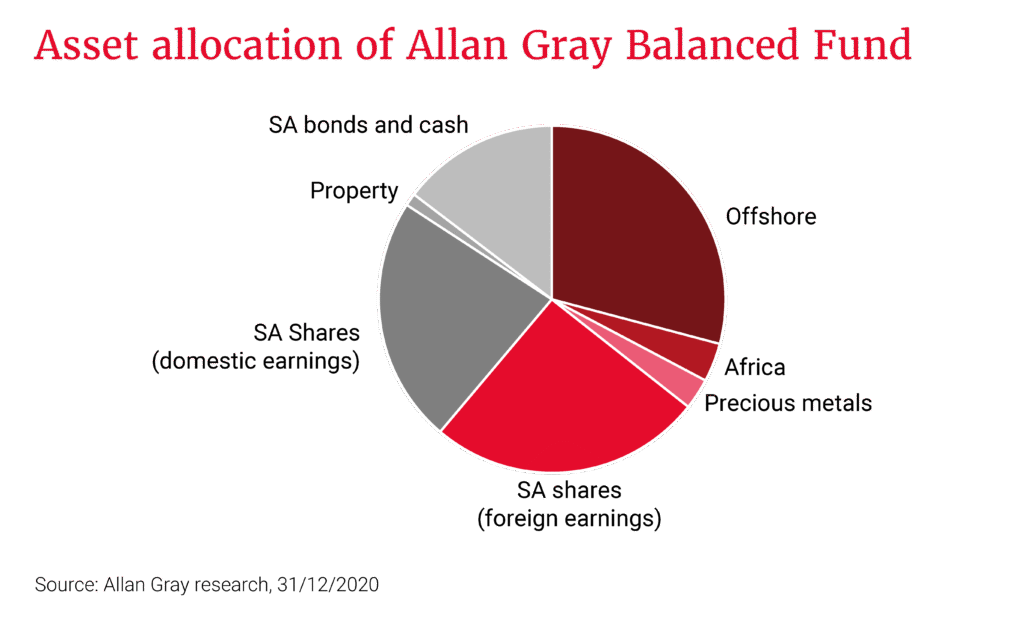Retirement marks a critical shift in investment philosophy—from capital accumulation to sustainable income and capital preservation. Yet with inflation still above historical averages and life expectancies extending into the 80s and 90s, retirees cannot afford to be overly conservative. The best investments for retirees in 2025 strike a careful balance: generating reliable cash flow, minimizing volatility, and preserving purchasing power over a 20- to 30-year horizon.
Three Core Pillars for Retirement Portfolios
- Short-to-Intermediate Duration Bonds with Quality Credit
U.S. Treasury bonds, TIPS (Treasury Inflation-Protected Securities), and investment-grade municipal or corporate bonds now offer yields of 4.5–5.5%. Laddering maturities (e.g., 1-, 3-, and 5-year bonds) provides predictable income while reducing interest rate risk—ideal for covering near-term living expenses. - Dividend-Growth Equities in Defensive Sectors
Companies in healthcare, utilities, and consumer staples with a 25+ year history of raising dividends (so-called “Dividend Aristocrats”) offer modest yield (2–3%) plus long-term appreciation. Their stable cash flows and pricing power help offset inflation without the volatility of growth stocks. - Private Real Estate with Contractual Income (for Accredited Investors)
Direct or fund-based exposure to seniors housing, medical office buildings, or logistics warehouses can deliver 5–7% net annual cash distributions. Unlike public REITs, private real estate often features long-term leases with creditworthy tenants and annual rent escalations tied to CPI—making it a powerful inflation hedge.
Critical Mistakes to Avoid
- Chasing high-yield traps: Products promising 8%+ yields (e.g., mortgage REITs, private lending notes) often carry hidden liquidity or credit risk.
- Overconcentration in cash: While emergency reserves are essential, holding too much cash guarantees loss of purchasing power.
- Ignoring sequence-of-returns risk: Large market losses early in retirement can permanently impair portfolio longevity. A diversified, rebalanced approach mitigates this.
The ValueFinity Approach: Income with Oversight
At ValueFinity, we help qualified retirees access institutional-grade income assets—such as private real estate funds with audited financials, diversified tenant bases, and quarterly distributions. Our strategy emphasizes:
- Predictable cash flow over speculative gains
- Capital preservation through asset-level due diligence
- Dynamic rebalancing to adapt to changing market conditions
For example, our seniors housing portfolio in the Sun Belt generates 6.3% net annual yield with occupancy rates above 92%—providing both income and demographic tailwinds.
Conclusion
The best investments for retirees in 2025 prioritize reliability, resilience, and real-term value—not headline returns. By anchoring a portfolio in quality income sources and avoiding emotional decisions, retirees can enjoy financial peace of mind for decades.
Learn more about our retirement-focused institutional strategies at valuefinity.com or reach us at Capital@valuefinity.com .




